Introduction
Imagine stepping into a chamber colder than Antarctica’s iciest peak—your body shivers, your breath crystallizes, and every heartbeat echoes like a drum in the silence. Yet, three minutes later, you emerge feeling reborn, as if the icy grip of winter has scrubbed away pain, fatigue, and stress. This is cryotherapy, a cutting-edge therapy where temperatures plunge to -200°F, hijacking your body’s survival instincts to accelerate healing, ignite metabolism, and turn back the clock on aging. In an era where chronic pain and burnout plague millions, cryotherapy has emerged as a polarizing yet revolutionary solution. But does it live up to the hype? From elite athletes to chronic pain sufferers, this article uncovers the frosty truth behind cryotherapy’s promises, risks, and science-backed secrets.
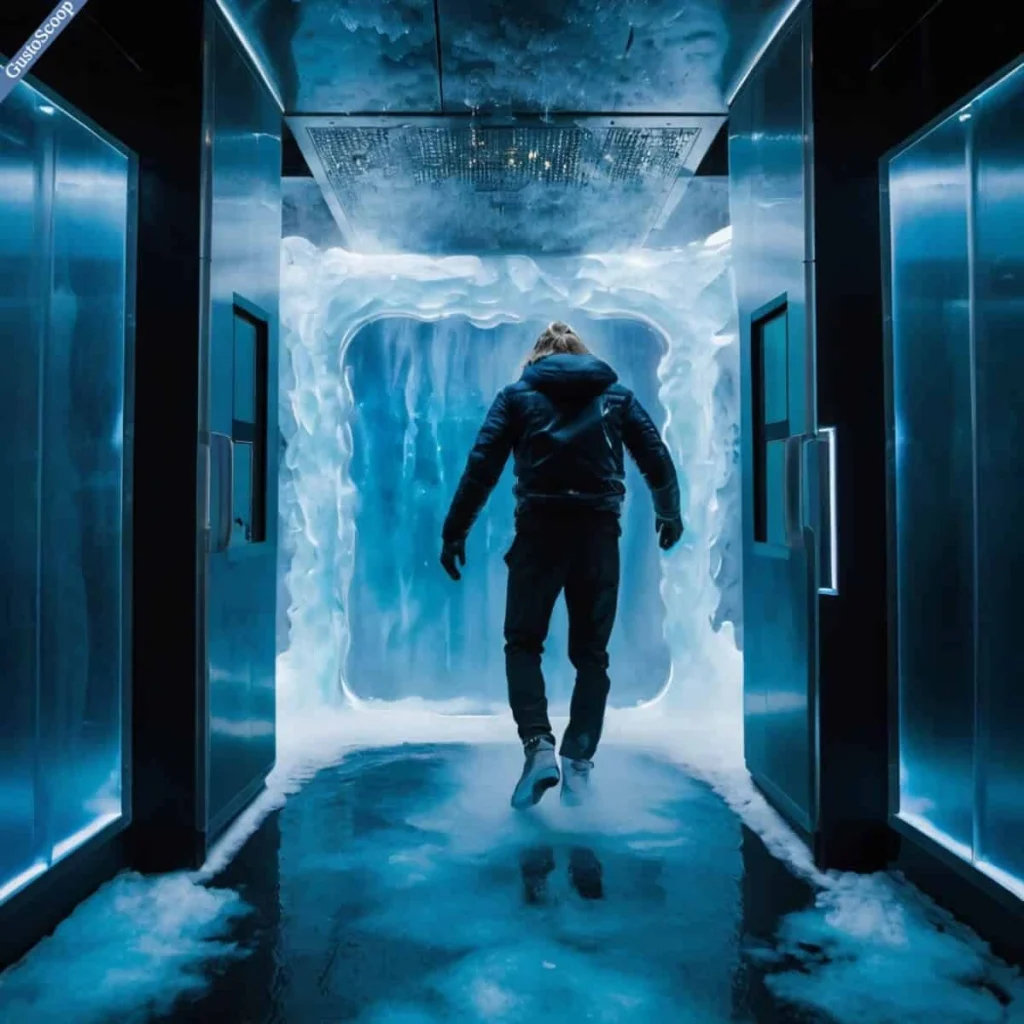
1. What is Cryotherapy? Beyond the Frostbite Hype
Cryotherapy isn’t just a glorified ice bath. It’s a controlled, clinical exposure to extreme cold—ranging from -200°F to -300°F—for 2–4 minutes, using either whole-body chambers or localized devices targeting specific injuries. The practice traces its roots to 1978 Japan, where Dr. Toshima Yamaguchi pioneered it to treat rheumatoid arthritis. His breakthrough caught fire, spreading to NASA labs studying muscle recovery for astronauts and NBA locker rooms where stars like LeBron James now swear by it.
Whole-body cryotherapy (WBC) involves standing in a nitrogen-cooled chamber wearing minimal clothing, while localized cryotherapy uses wands to blast cold air at injuries. The goal? Trigger the body’s primal “fight-or-flight” response, forcing it to prioritize survival and repair. LeBron, for instance, reportedly invests $1.5 million annually in cryotherapy to stay injury-free—proof that even the world’s top athletes bet on cold as their secret weapon.
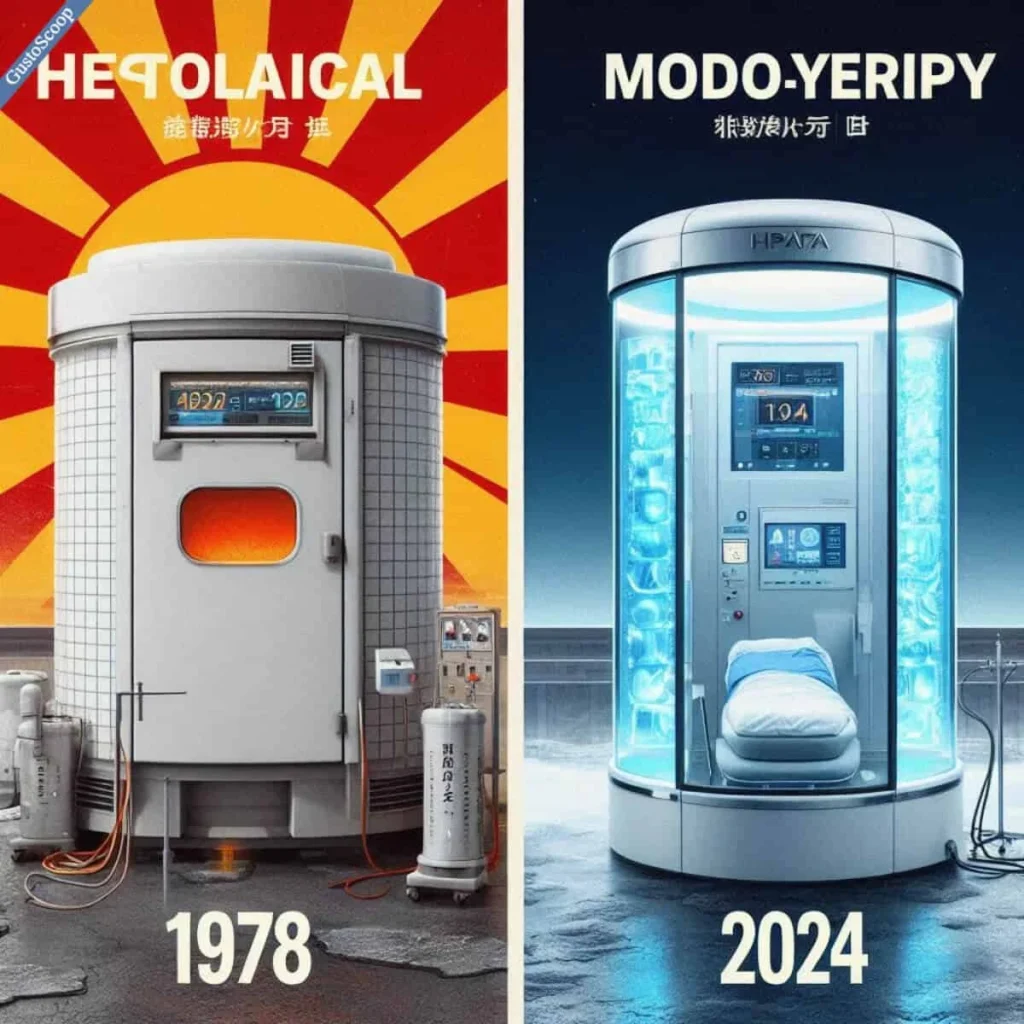
2. The Science of Shivering: How Cryotherapy Tricks Your Body
Your body is a genius at self-preservation. When plunged into extreme cold, it snaps into survival mode: blood vessels constrict (vasoconstriction), redirecting blood to protect vital organs. This slashes inflammation, the root cause of pain and swelling. Once you step out of the chamber, blood surges back in a wave of oxygen and nutrients—a process called vasodilation. A 2023 study in Frontiers in Physiology found this cycle boosts circulation by 30%, supercharging recovery.
But the real magic lies in the hormonal fireworks. The shock of cold triggers a flood of endorphins—natural painkillers that rival a runner’s high. A 2021 Journal of Thermal Biology study showed cryotherapy users experience a mood lift similar to antidepressants. Think of it as a “system reboot” for an overheated body: the cold resets inflammation, numbs pain, and even rewires stress responses.
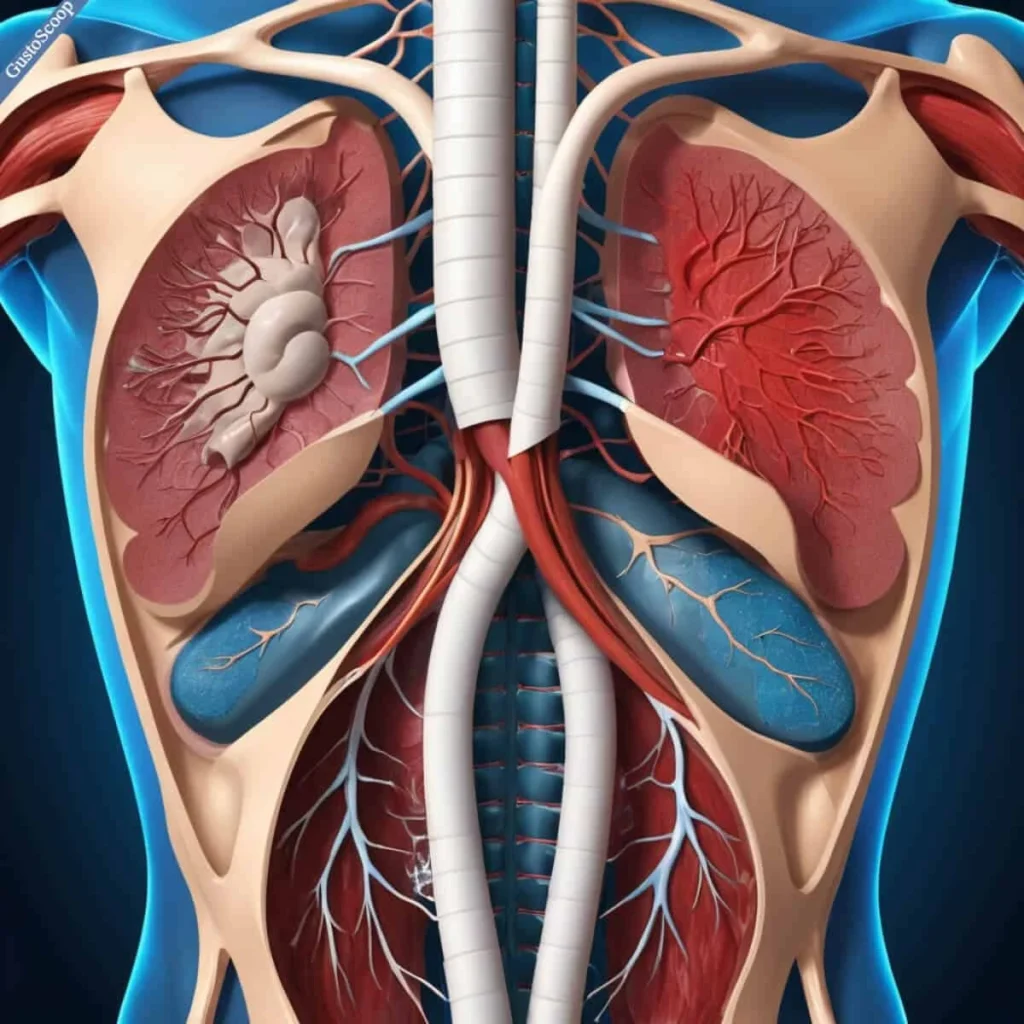
3. 7 Proven Benefits of Cryotherapy (Backed by Science)
Cryotherapy’s benefits stretch far beyond sore muscles. Here’s what peer-reviewed research reveals:
Muscle Recovery: A 2022 Coventry University study found athletes who used cryotherapy post-workout reported 40% less muscle soreness within 24 hours.
Anti-Aging: Cold exposure boosts collagen production, smoothing wrinkles and tightening skin, per a 2020 Dermatologic Surgery trial.
Mental Health: Researchers at Norway’s University of Tromsø observed a 35% drop in cortisol (the stress hormone) after regular sessions.
Weight Loss: While controversial, a 2022 Nature Medicine study linked cold therapy to brown fat activation, burning 500–800 calories per session.
Inflammation Reduction: Ideal for arthritis, injuries, or autoimmune conditions.
Migraine Relief: Numbing nerve endings can dull chronic headaches.
Better Sleep: Cold resets circadian rhythms, deepening restorative sleep cycles.
“Cryotherapy is a tool, not a cure,” warns Dr. Sarah Mitchell, a sports physician. “Pair it with exercise, diet, and common sense.”
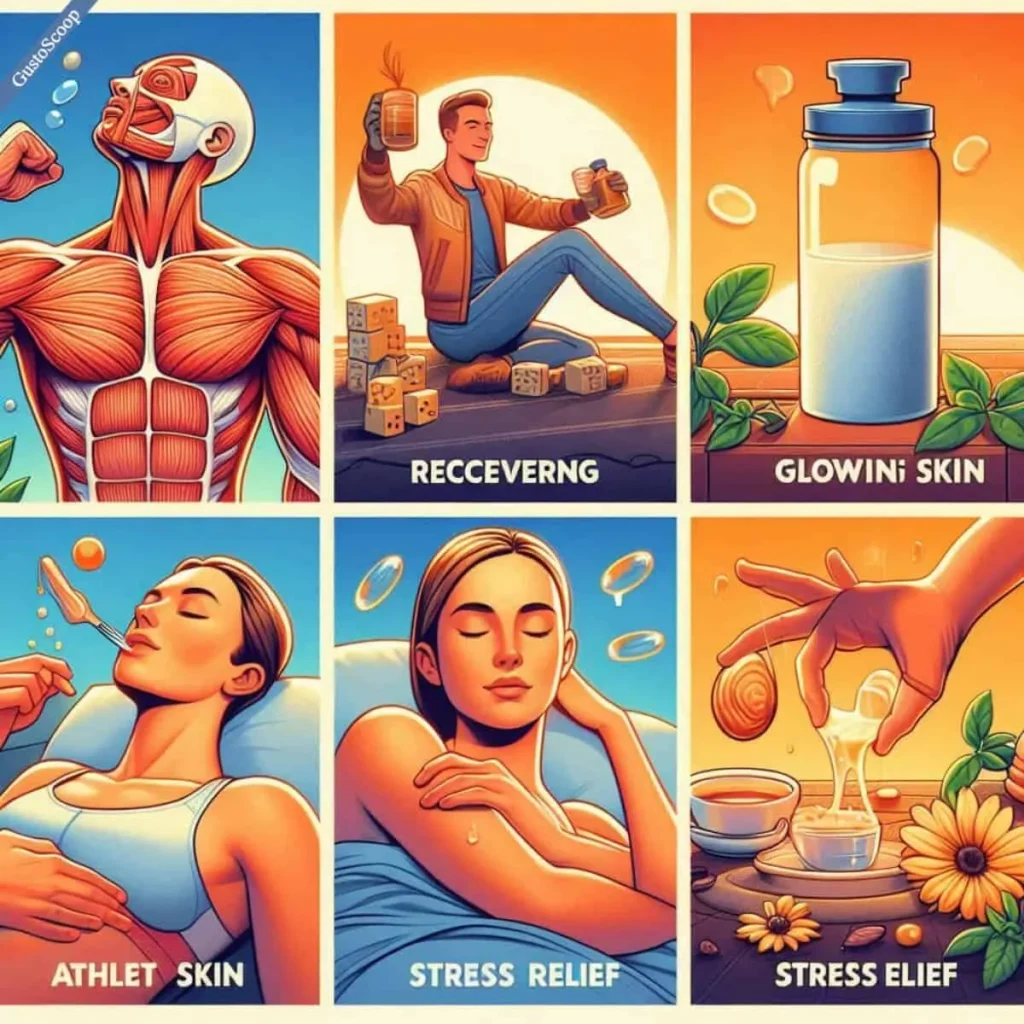
4. The Dark Side of the Ice: Risks and Criticisms
Cryotherapy isn’t risk-free. In 2015, a reality TV star suffered severe frostbite after a chamber malfunction trapped her in subzero temps. Others report dizziness, skin burns, or panic attacks from claustrophobia. Critics argue the industry lacks regulation—the FDA has issued warnings about misleading claims, and a 2021 British Medical Journal review found “insufficient evidence” for many touted benefits, suggesting some results are placebo-driven.
Cost is another hurdle: sessions run 50–100 each, and insurance rarely covers them. “It’s a luxury, not a necessity,” admits Jake Turner, a cryo-center operator. “But for some, it’s life-changing.”
5. Cryotherapy in Action: Who’s Using It and Why?
From NBA courts to suburban clinics, cryotherapy’s appeal spans demographics. LeBron James uses it twice weekly to dodge injuries, while Olympic sprinters credit it for shaving seconds off their times. But it’s not just for elites. Take Lisa Morgan, a 42-year-old fibromyalgia patient: “After six weeks of cryotherapy, I regained 70% of my mobility. It gave me my life back.”
Even Hollywood’s A-list is hooked. Cryo-facials—targeted cold therapy for the face—are the red carpet’s worst-kept secret, promising tighter skin and a radiant glow. The numbers don’t lie: the global cryotherapy market hit $6.2 billion in 2023, per Grand View Research, with clinics popping up in strip malls and wellness resorts alike.
6. “How Painful is Cryotherapy?” (Spoiler: It’s Not What You Think)
The first 30 seconds feel like a thousand needles pricking your skin. Then, numbness sets in. Most users compare it to a “dry ice burn” but admit it’s less grueling than ice baths. “The pain is sharp but short-lived,” says Maria Gonzalez, a triathlete. “And the post-session high is worth it.”
Experts recommend breathing deeply and avoiding damp clothing (which can freeze to the skin). Sessions last just 2–3 minutes—long enough to shock the system, not long enough to cause harm. On a pain scale? Regulars rate it 3/10.
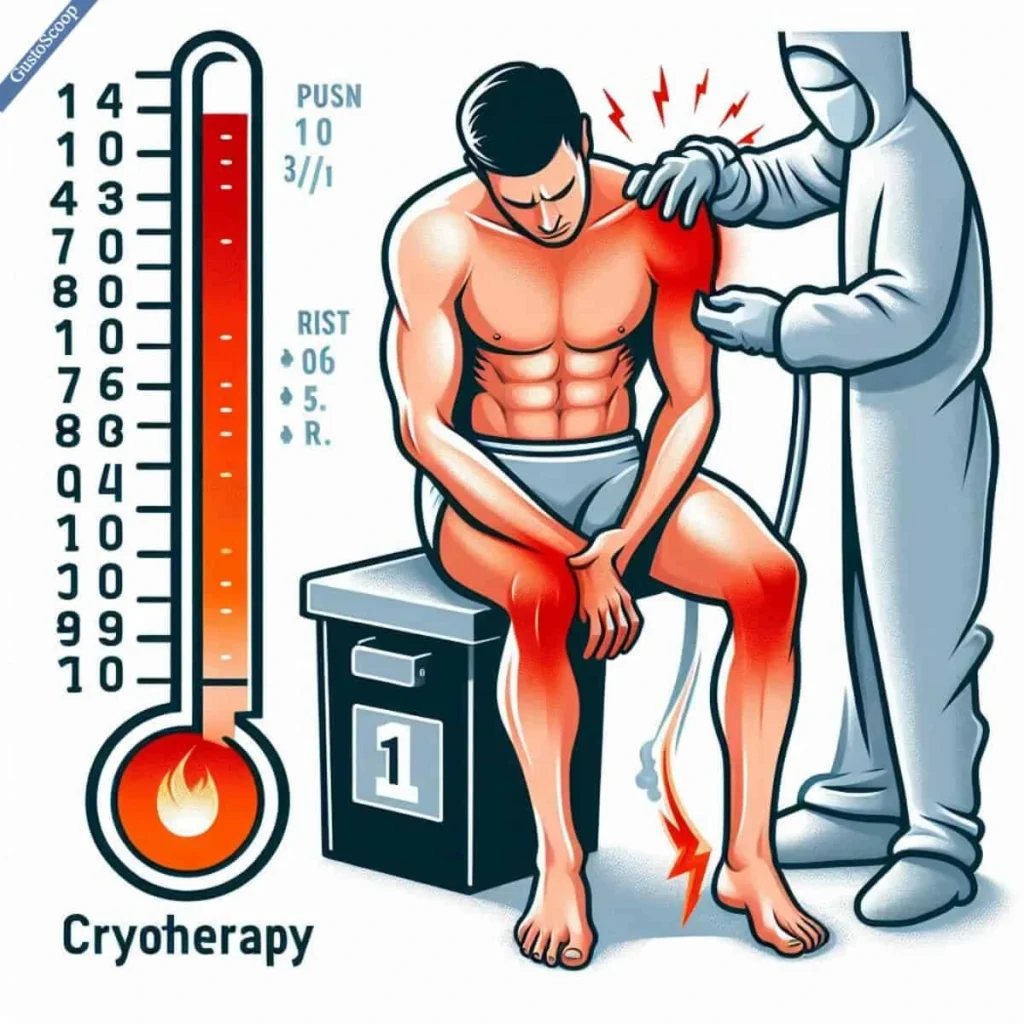
7. Cryotherapy for Weight Loss: Hope or Hype?
Can freezing yourself melt fat? The science is icy. Cold exposure activates brown fat, a metabolically active tissue that burns calories to generate heat. A 2022 Nature Medicine study found cryotherapy users experienced a 15% metabolic boost, torching up to 800 calories per session. But experts caution: “Don’t skip the gym. Cryo alone won’t shrink your waist,” says nutritionist Dr. Emily Carter.
The verdict? It’s a supplement, not a solution. Pair it with exercise and a balanced diet for best results.
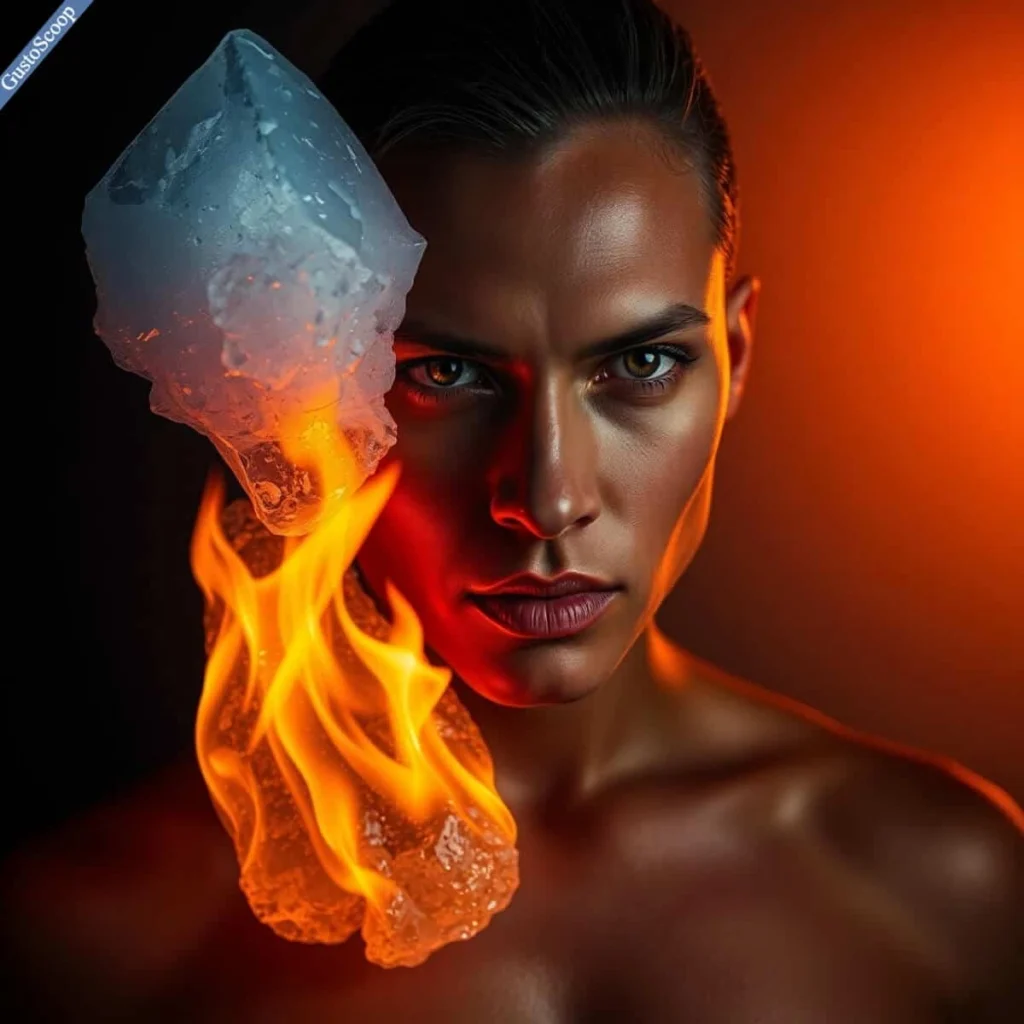
8. Can You Do Cryotherapy Every Day? The Naked Truth
More isn’t always better. The Global Cryotherapy Association caps sessions at 2–3x weekly to avoid side effects like dry skin, nerve damage, or fatigue. “I did daily sessions for a month and felt invincible—until my skin started peeling,” admits Tom Harris, a fitness influencer.
Moderation is key. Overuse can desensitize the body, diminishing benefits and increasing risks.
9. DIY Cryotherapy: Can You Replicate It at Home?
While ice rollers and cold showers offer a fraction of cryotherapy’s benefits, they’re no match for -200°F chambers. “Never use dry ice or homemade setups,” warns Turner. “Frostbite isn’t worth the risk.”
For now, professional clinics remain the gold standard.
10. The Future of Cryotherapy: What’s Next?
The cryo revolution is just warming up. 2024 trends include AI-powered chambers that adjust temperatures based on real-time vitals and mobile clinics bringing cryo to doorsteps. Startups are even experimenting with cryotherapy-infused athletic wear.
“By 2030, cryo will be as common as Starbucks,” predicts tech entrepreneur Rachel Nguyen. “It’s the next frontier in personalized wellness.”

Conclusion
Cryotherapy isn’t a fleeting trend—it’s a frosty frontier in modern wellness, blending cutting-edge science with primal survival instincts. From melting chronic pain to igniting metabolism, its potential is as vast as the Arctic tundra. But like any powerful tool, it demands respect. Risks lurk beneath the icy surface, and the price tag can freeze out budget-conscious users.
Ready to take the plunge? Find a certified clinic, brace for the chill, and join the growing legion of cryo converts. Your body—and maybe even your future self—will thank you.

